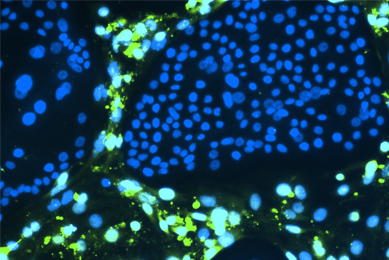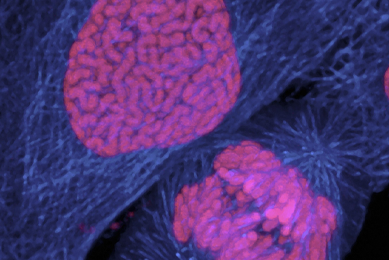Why this matters
Lung cancer remains one of the deadliest cancers worldwide, and the translational gap between preclinical findings and clinical outcomes continues to hinder therapeutic progress. A major contributor to this gap is the variability and limited characterization of in vitro models used in early-stage research. ATCC’s curated Cell Line Land—a new transcriptome resource—offers a standardized, deeply annotated reference for lung cancer cell lines, enabling researchers to select models based on molecular fidelity rather than just tissue origin alone.
Driving reproducibility and precision
By integrating RNA-seq data across a broad spectrum of lung cancer subtypes, the transcriptome atlas available through ATCC Cell Line Land empowers scientists to:
- Identify the most relevant cell lines for specific oncogenic pathways or drug targets.
- Benchmark gene expression signatures across experiments and institutions.
- Reduce variability in experimental design and interpretation.
This initiative is part of ATCC’s broader commitment to ATCC Cell Line Land, a multi-omics platform designed to bring transparency, reproducibility, and biological relevance to preclinical research.
Enabling smarter drug discovery
For biopharma, the implications are profound. With access to transcriptomic profiles, researchers can:
- Align compound screening with molecular subtypes.
- Predict drug response based on gene expression patterns.
- Accelerate biomarker discovery and validation.
The ATCC Cell Line Land not only enhances the scientific rigor of preclinical studies but also helps de-risk early-stage pipelines by grounding them in reproducible, data-driven model selection.
Looking ahead
ATCC’s pan-tissue and disease-lineage cell line transcriptome is more than just a dataset—it’s a catalyst for collaboration, innovation, and translational impact. As the oncology landscape continues to evolve, initiatives like this are essential for bridging the gap between bench and bedside. As part of this broader molecular profiling effort, ATCC is committed to sequencing every human and mouse cancer cell line in its collection, spanning a diverse array of tissue origins and cancer types.
Did you know?
To date, we have generated transcriptome profiles for over 600 cell lines, with an additional 250 datasets released each quarter.
Meet the author
Ajeet Singh, PhD
Senior Scientist, ATCC
Dr. Ajeet Singh is Senior Scientist at ATCC where he is focused on providing reference-grade whole transcriptome data that is authenticated, standard, and traceable to physical source materials available in ATCC’s biorepository. Prior to joining ATCC, Dr. Singh received his PhD in Agricultural Plant Pathology where he performed research focused on epidemiology and integrated management of plants pests and diseases. He then performed postdoctoral research at the National Institute of Environmental Health Sciences and subsequently worked as a Senior Staff Scientist at the National Cancer Institute. Dr. Singh has extensive experience in biomedical research with his research career expanding an array of interrelated disciplines exploring epigenetics, chromatin and gene expression in reproductive developmental toxicology, stem cell biology, and cancer.
Explore our featured resources
Discover ATCC's Cell Line Omics Data
Learn more about our standardized workflow for producing transcriptomics data from the authenticated cell lines within our collection.
More
Human Cancer Models Initiative (HCMI)
ATCC is the exclusive distributor of the Human Cancer Models Initiative (HCMI) models. See the models that include common and rare examples of cancer from numerous tissues.
More
Cancer Research
Fighting cancer requires painstaking research and development. Scientists need materials and standards for drug screening, tumor mechanisms, cancer immunology, and cancer diagnostics. ATCC has research models such as organoids, conditionally reprogrammed cells, luciferase expressing reporter cell lines, isogenic CRISPR/Cas9 genome-edited cell lines, and epithelial-mesenchymal transition reporter cell lines.
More